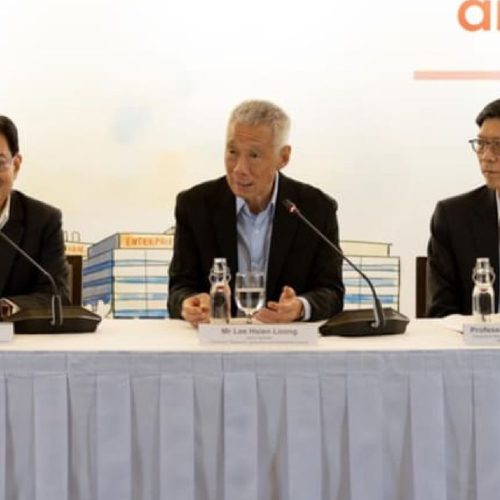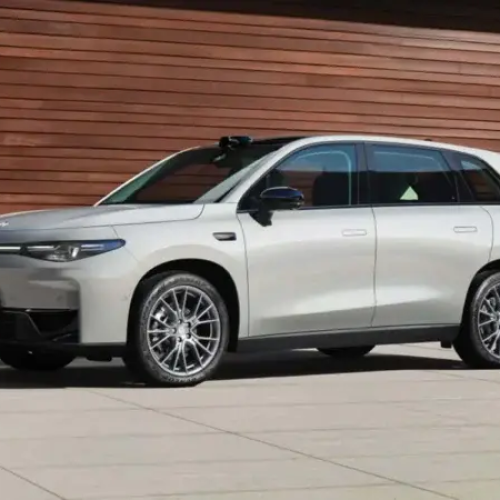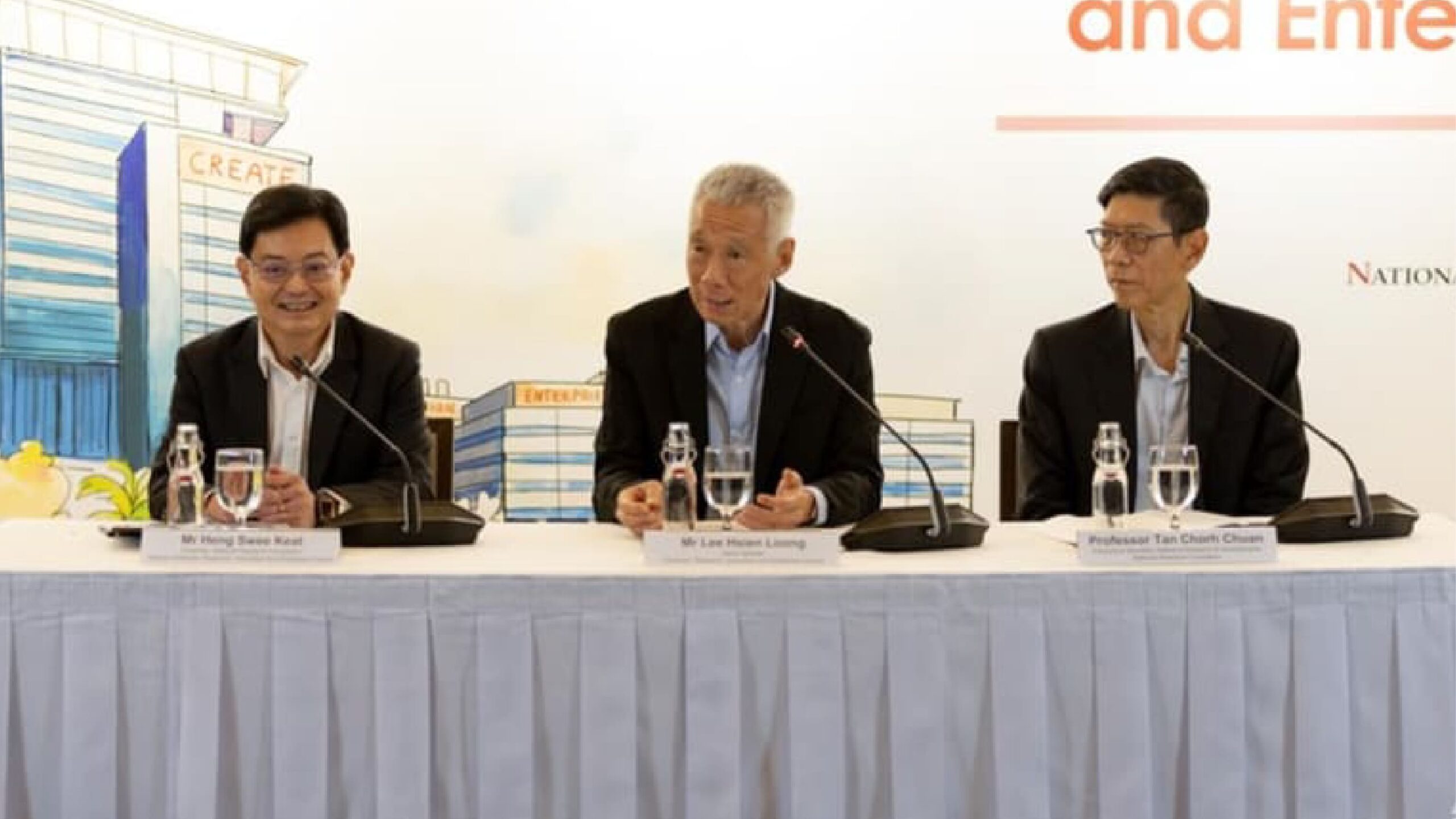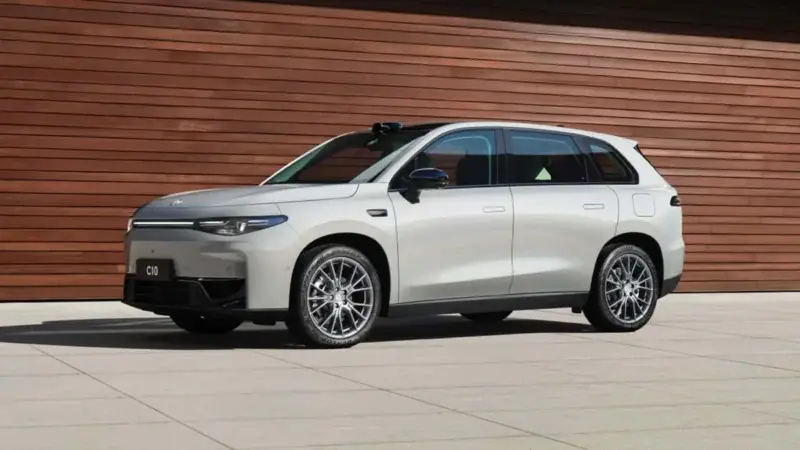The push towards cleaner and greener transport in Singapore is continuing, but incentives for electric vehicle (EV) buyers are about to change. On September 8, 2025, the Land Transport Authority (LTA) and the National Environment Agency (NEA) announced updates to two key initiatives: the Vehicular Emissions Scheme (VES) and the Electric Vehicle Early Adoption Incentive (EEAI).
Both schemes have been extended, but with revised rebates and surcharges that will significantly impact the cost of owning a new car from 2026 onwards. Here is a breakdown of what to expect if you are planning to buy an EV or any cleaner-energy vehicle in the next few years.
What Is the Vehicular Emissions Scheme (VES)?
Introduced in 2018, the VES encourages car buyers to opt for vehicles with lower emissions. Under the scheme, new vehicles are placed into different emission bands based on pollutants such as carbon dioxide, hydrocarbons, nitrogen oxides, carbon monoxide, and particulate matter.
Depending on the band, buyers either receive rebates on their Additional Registration Fee (ARF) or pay a surcharge. The ARF is a tax on all newly registered vehicles, calculated as a percentage of the car’s open market value (OMV).
The revised VES, which will run until December 31, 2027, will see several changes.
-
Only EVs will qualify for rebates. Hybrid vehicles will no longer be eligible.
-
Higher surcharges for pollutive cars. More polluting vehicles will move into stricter categories with surcharges ranging between S$15,000 and S$45,000.
-
Band adjustments. Cars currently in Band A2 will be reclassified into Band B, meaning they will lose their rebates. For example, the Honda Jazz, currently eligible for a S$2,500 rebate, will lose that benefit in 2026. Larger vehicles like the Toyota Alphard will see even higher penalties, with surcharges rising from S$7,500 in 2026 to S$15,000 in 2027.
The Electric Vehicle Early Adoption Incentive (EEAI)
Launched in 2021, the EEAI was designed to boost the adoption of electric cars and taxis by offering a 45 percent rebate on ARF, capped at S$15,000.
The scheme has been extended until December 31, 2026, but with a major change:
-
From January 1, 2026, the maximum rebate will be reduced to S$7,500.
-
After 2026, the incentive will be phased out entirely.
How Much Can EV Buyers Save?
With both schemes combined, EV buyers can expect the following savings:
-
Up to S$30,000 in rebates in 2026
-
Up to S$20,000 in rebates in 2027
For instance, a BYD Atto 3 with an OMV of S$31,500 and an ARF of S$36,100 will cost S$6,100 after rebates in 2026, compared to today’s cost of S$0 ARF.
Similarly, a base-level Tesla Model 3, with an OMV of S$44,847 and an ARF of S$57,210, will cost S$27,210 in ARF from 2026. This is S$10,000 more than current prices, as rebates are scaled back.
Why Are Incentives Being Cut?
According to LTA and NEA, the revisions reflect the shrinking cost gap between EVs and traditional internal combustion engine vehicles. From January to August 2025, 80 percent of new cars and taxis registered were cleaner-energy models, with half being EVs.
The agencies emphasized that incentives will gradually reduce as Singapore moves towards its goal of 100 percent cleaner-energy vehicles by 2040 and net-zero emissions by 2050.
Impact on Car Prices and COE Premiums
One concern for buyers is how these changes may affect Certificate of Entitlement (COE) premiums. Analysts suggest that the uncertainty over rebates has already contributed to recent surges in COE prices, with smaller car COEs hitting a record S$107,889 earlier this month.
However, transport economist Walter Theseira believes that the eventual increase in COE supply towards the end of the decade could drive prices down, potentially offsetting the loss of rebates.
He noted that many best-selling Chinese EV models will not be significantly affected by the rebate changes, as their ARF is often below S$30,000. In such cases, rebates cannot reduce the ARF below S$0, meaning buyers do not lose the full advertised rebate amount.
This could mean that for some buyers, waiting rather than rushing to buy before 2026 may actually make more financial sense.
Should You Buy Now or Wait?
If you are planning to buy an EV, timing is everything. Here are the key considerations:
-
Buyers of premium EVs like Tesla may face higher costs from 2026, as rebates shrink.
-
Those looking at entry-level EVs from Chinese brands may be less affected, as rebates already max out against their lower ARF values.
-
With COE supply set to increase, prices may fall in the coming years, potentially balancing out the reduced rebates.
Conclusion
Singapore’s EV landscape is evolving, and while rebates are shrinking, the government’s long-term vision is clear: accelerating the shift towards clean energy vehicles while gradually reducing subsidies.
For buyers, the choice comes down to individual needs and timing. If you need a car immediately, securing rebates before they are reduced could save you thousands. However, if you can wait, falling COE premiums and stable EV prices may offset the rebate cuts.
Either way, the future of driving in Singapore is undoubtedly electric.








